Jupiter's Europa has less oxygen than hoped
Scientists say this makes it less likely that Jupiter's moon harbors life
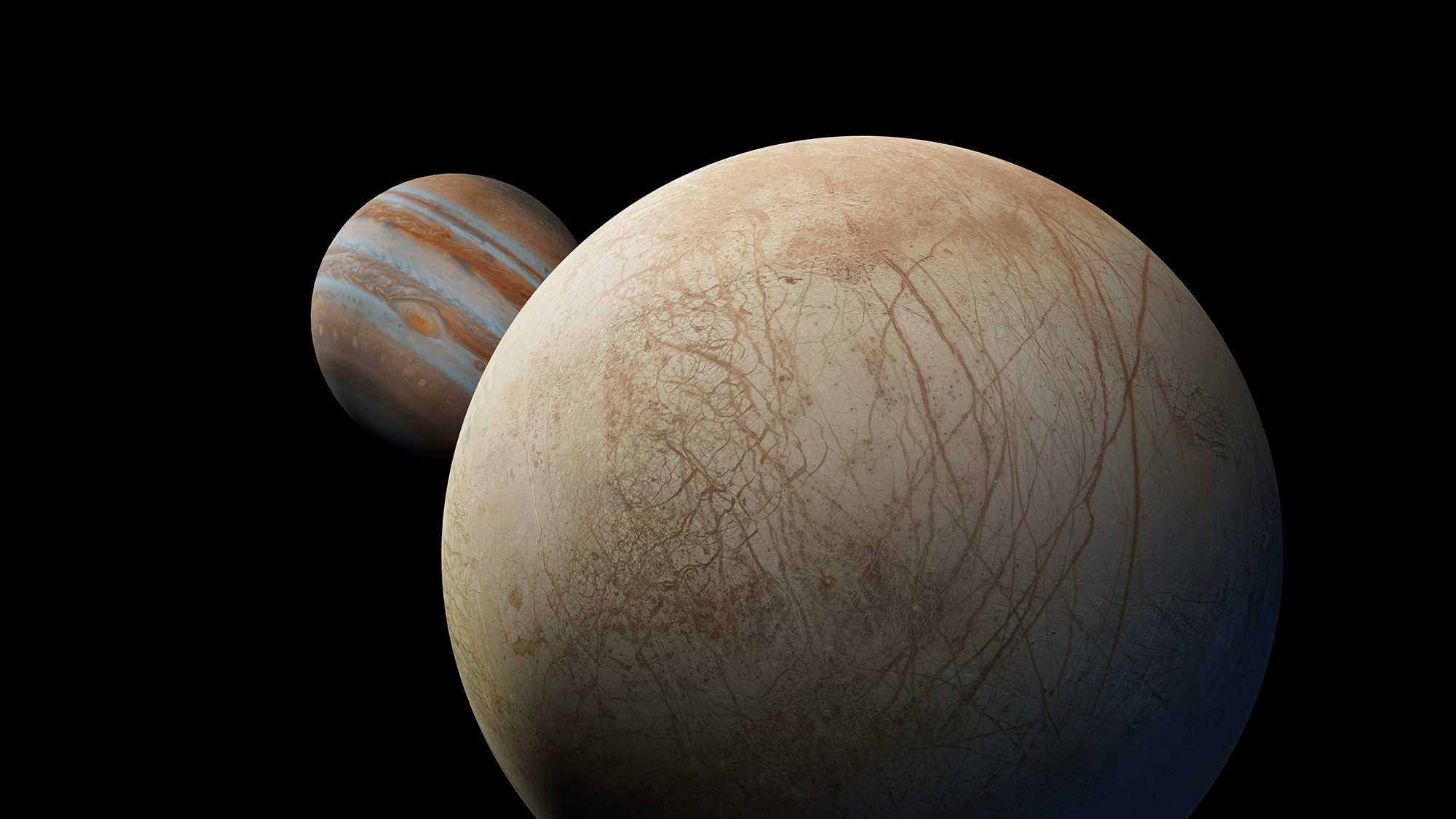

What happened?
Jupiter's moon Europa, believed to have a salty ocean under its icy shell, has less oxygen on its surface than previously believed. This makes it less likely the planet harbors life, scientists said Monday in Nature Astronomy.
Who said what?
Europa's oxygen is "on the lower end of what we would expect," lead study author Jamey Szalay said to The New York Times. But "it's not totally prohibitive" for hosting life.
The commentary
One theory is Europa's oxygen — formed when particles from space split frozen water molecules on the icy crust into hydrogen and oxygen — sinks down into the subterranean ocean, mixing with volcanic material to create a "chemical soup that may end up making life," University of Colorado planetary scientist Fran Bagenal told the Times. "We don't really know how much oxygen you need to make life," she added. "So the fact that it's lower than some earlier, wishful-thinking estimates is not such a problem."
The Week
Escape your echo chamber. Get the facts behind the news, plus analysis from multiple perspectives.

Sign up for The Week's Free Newsletters
From our morning news briefing to a weekly Good News Newsletter, get the best of The Week delivered directly to your inbox.
From our morning news briefing to a weekly Good News Newsletter, get the best of The Week delivered directly to your inbox.
What next?
NASA is scheduled to launch its Europa Clipper orbiter in October to gather more data from Jupiter's moon, and the European Space Agency's Jupiter Icy Moons Explorer is expected to arrive in Europa's neighborhood in 2031.
A free daily email with the biggest news stories of the day – and the best features from TheWeek.com
Peter has worked as a news and culture writer and editor at The Week since the site's launch in 2008. He covers politics, world affairs, religion and cultural currents. His journalism career began as a copy editor at a financial newswire and has included editorial positions at The New York Times Magazine, Facts on File, and Oregon State University.
-
 The UK’s best Christmas pantos
The UK’s best Christmas pantosThe Week Recommends Dive into the festive cheer, even into the new year, with some traditional favourites and modern twists
-
 The longevity economy is booming as people live longer
The longevity economy is booming as people live longerThe Explainer The sector is projected to reach $27 trillion by 2030
-
 Sudoku hard: December 11, 2025
Sudoku hard: December 11, 2025The daily hard sudoku puzzle from The Week
-
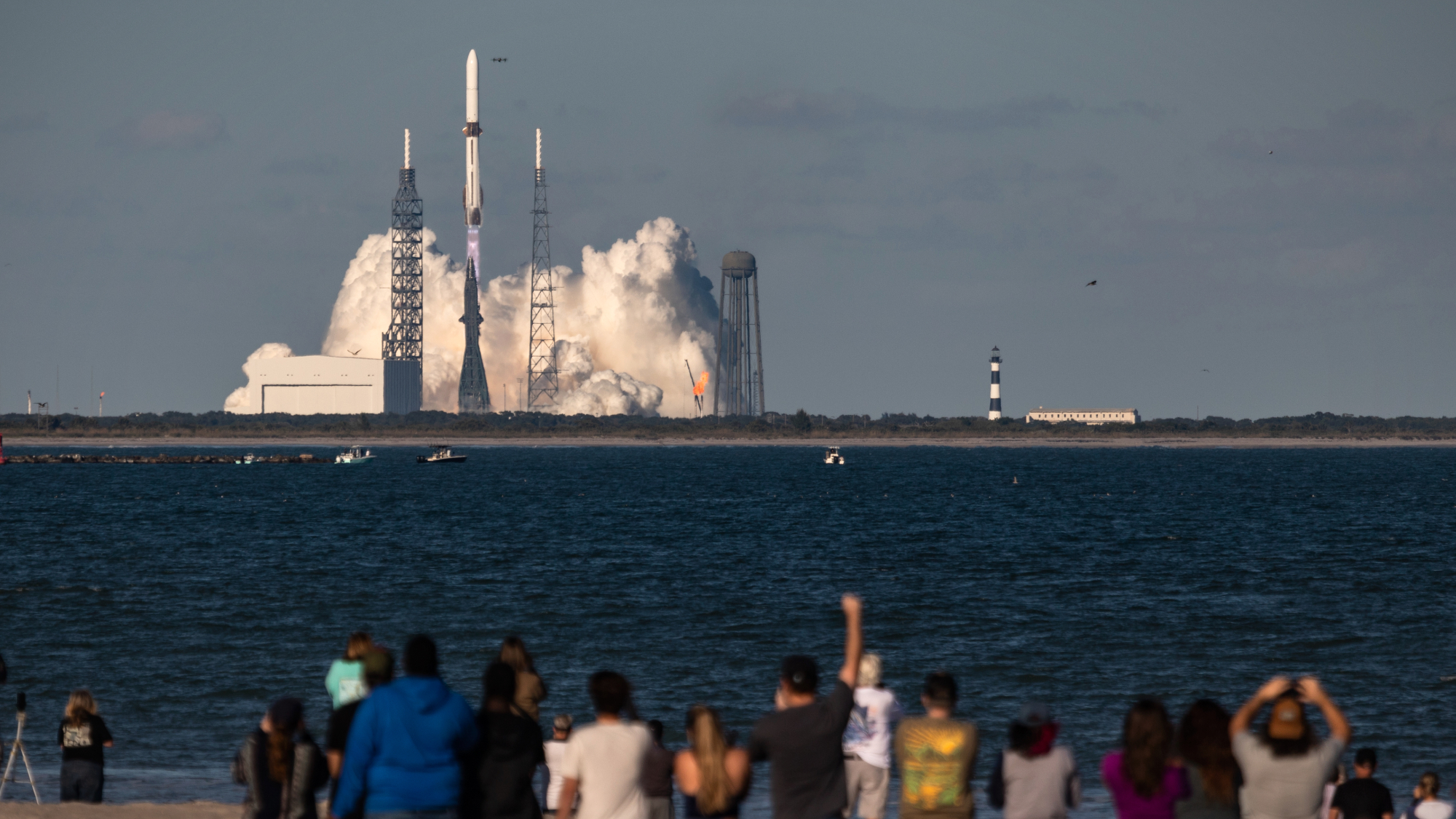 Blue Origin launches Mars probes in NASA debut
Blue Origin launches Mars probes in NASA debutSpeed Read The New Glenn rocket is carrying small twin spacecraft toward Mars as part of NASA’s Escapade mission
-
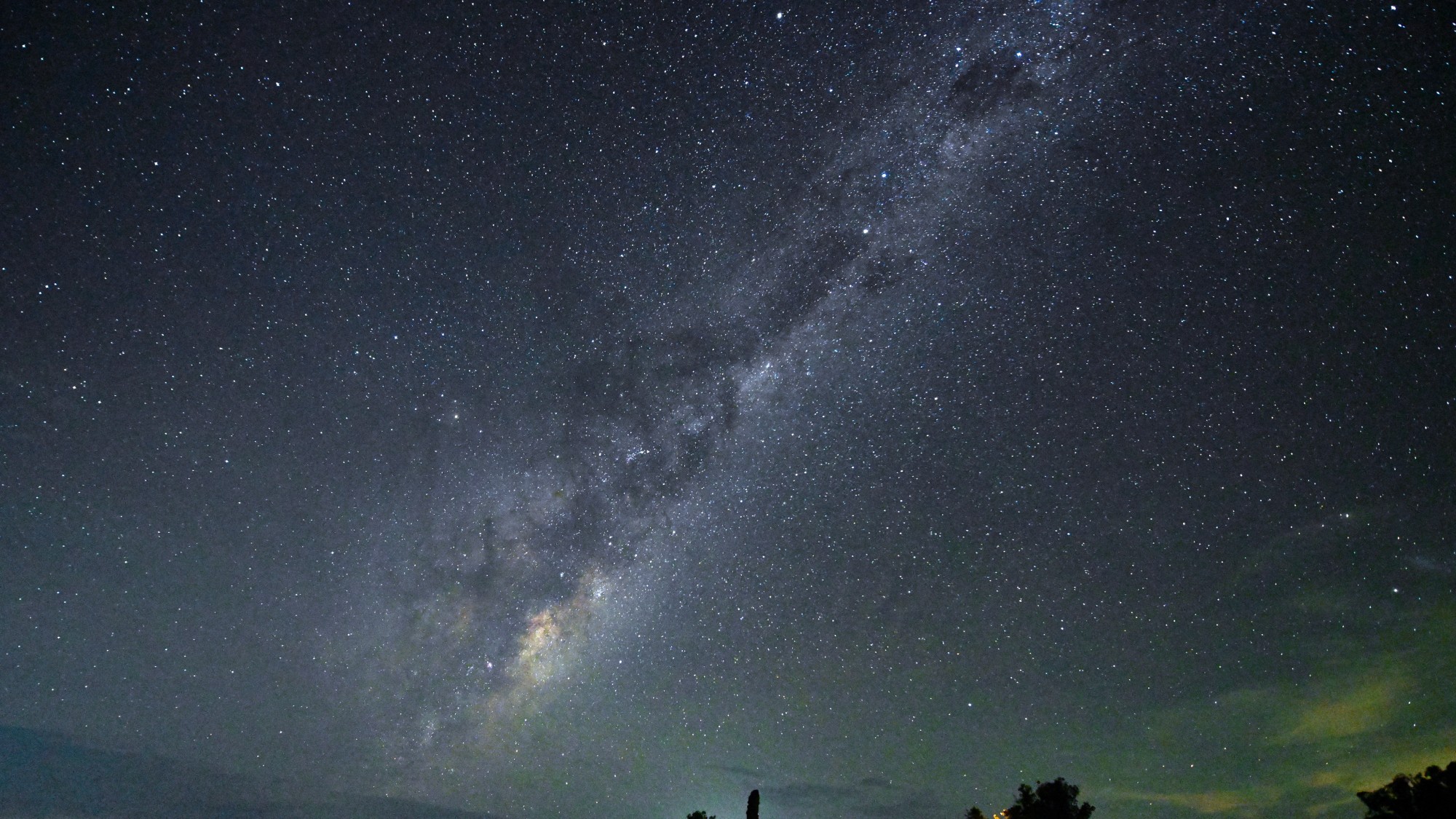 ‘The Big Crunch’: why science is divided over the future of the universe
‘The Big Crunch’: why science is divided over the future of the universeThe Explainer New study upends the prevailing theory about dark matter and says it is weakening
-
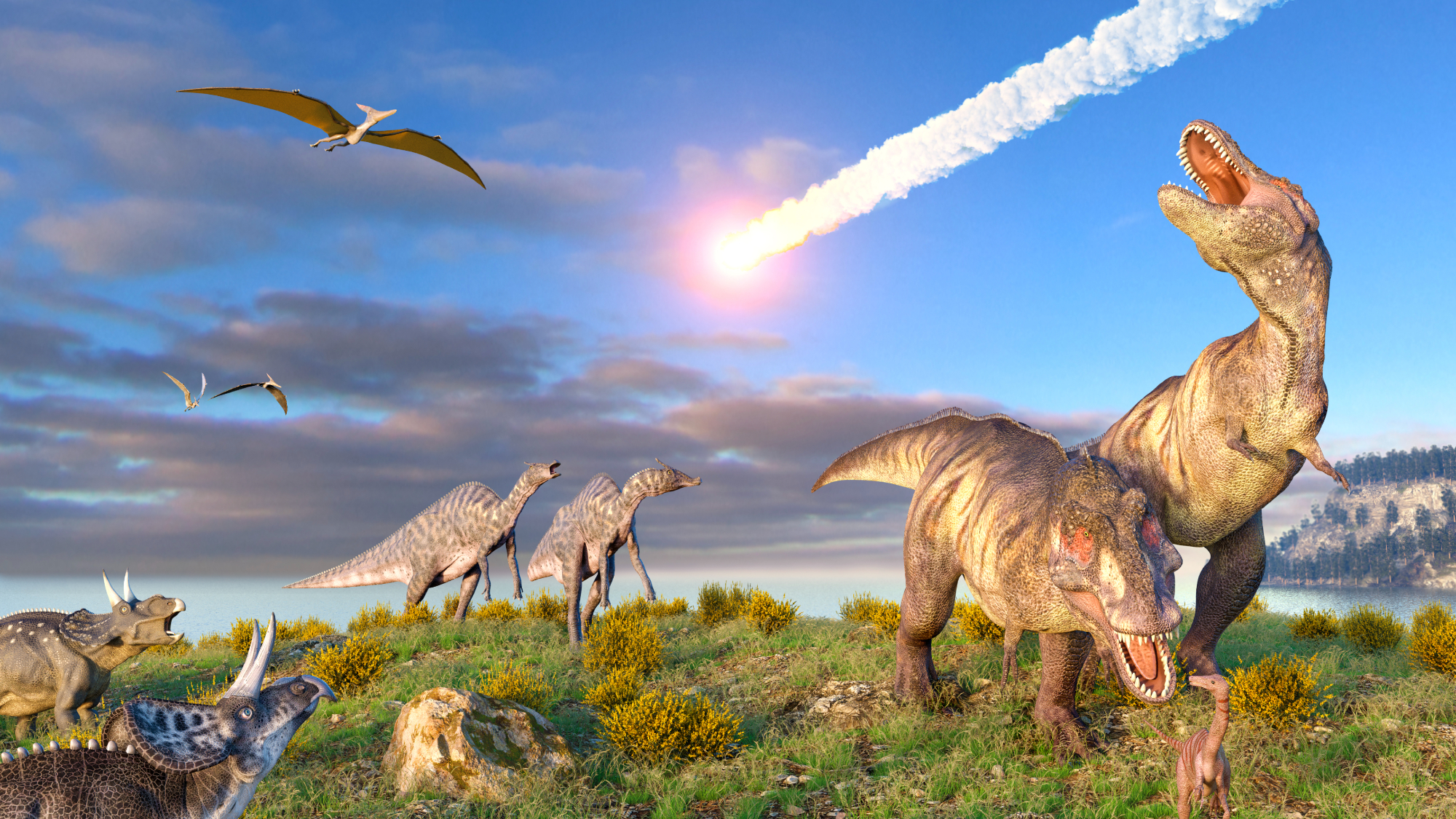 Dinosaurs were thriving before asteroid, study finds
Dinosaurs were thriving before asteroid, study findsSpeed Read The dinosaurs would not have gone extinct if not for the asteroid
-
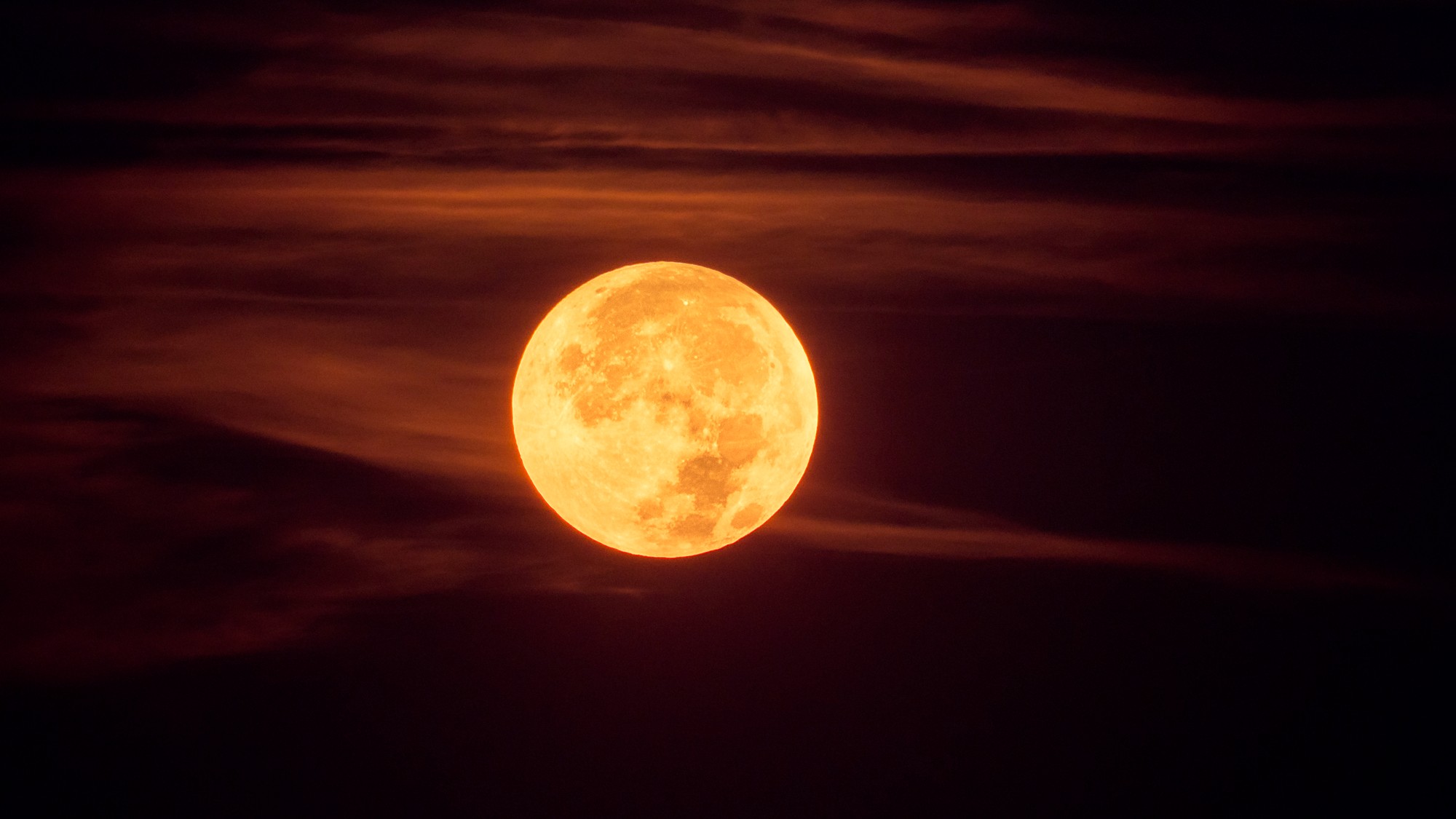 The moon is rusting
The moon is rustingUnder the radar The Earth is likely to blame
-
 Panspermia: the theory that life was sent to Earth by aliens
Panspermia: the theory that life was sent to Earth by aliensUnder The Radar New findings have resurfaced an old, controversial idea
-
 Africa could become the next frontier for space programs
Africa could become the next frontier for space programsThe Explainer China and the US are both working on space applications for Africa
-
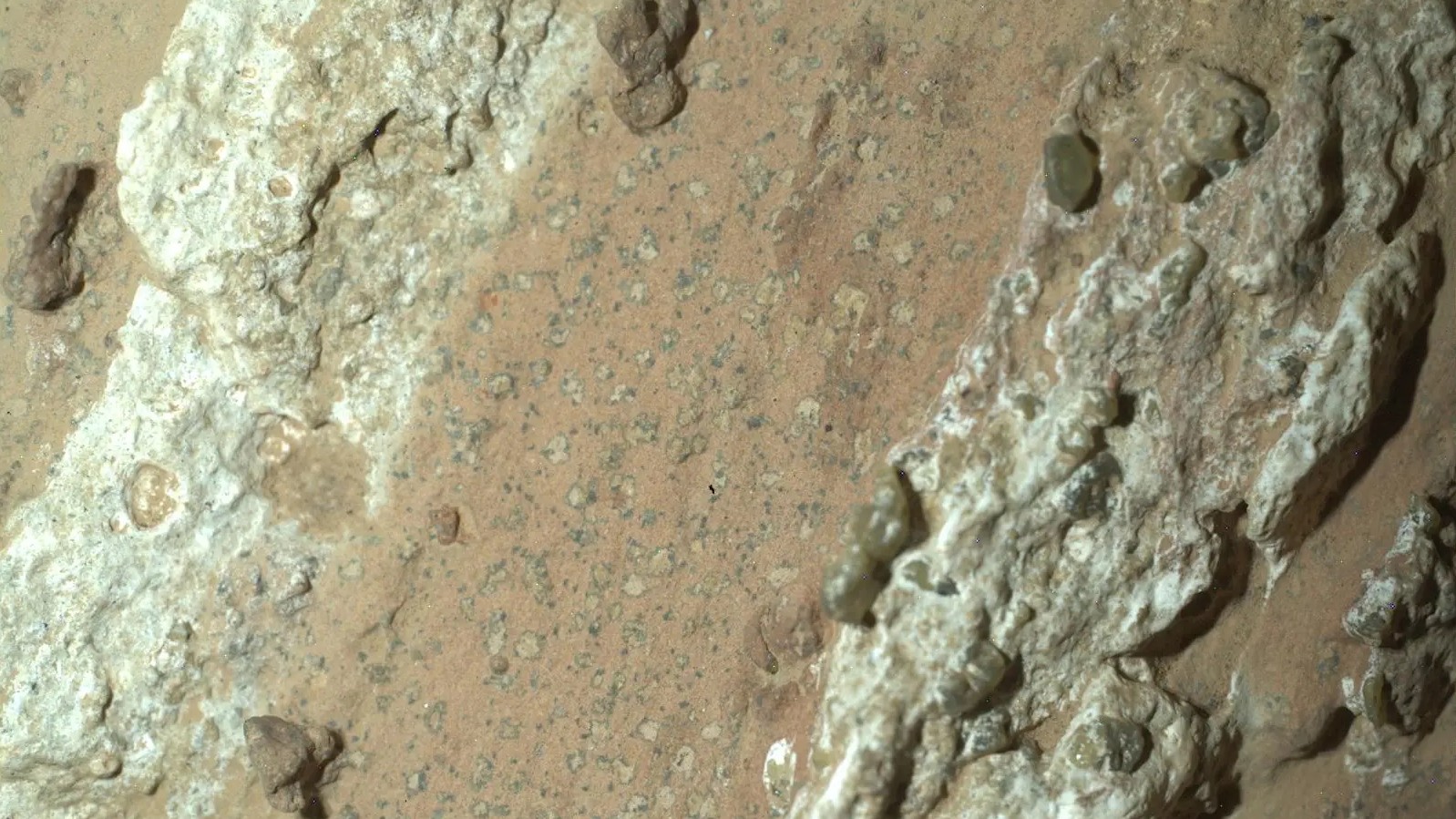 NASA reveals ‘clearest sign of life’ on Mars yet
NASA reveals ‘clearest sign of life’ on Mars yetSpeed Read The evidence came in the form of a rock sample collected on the planet
-
 SpaceX breaks Starship losing streak in 10th test
SpaceX breaks Starship losing streak in 10th testspeed read The Starship rocket's test flight was largely successful, deploying eight dummy satellites during its hour in space
